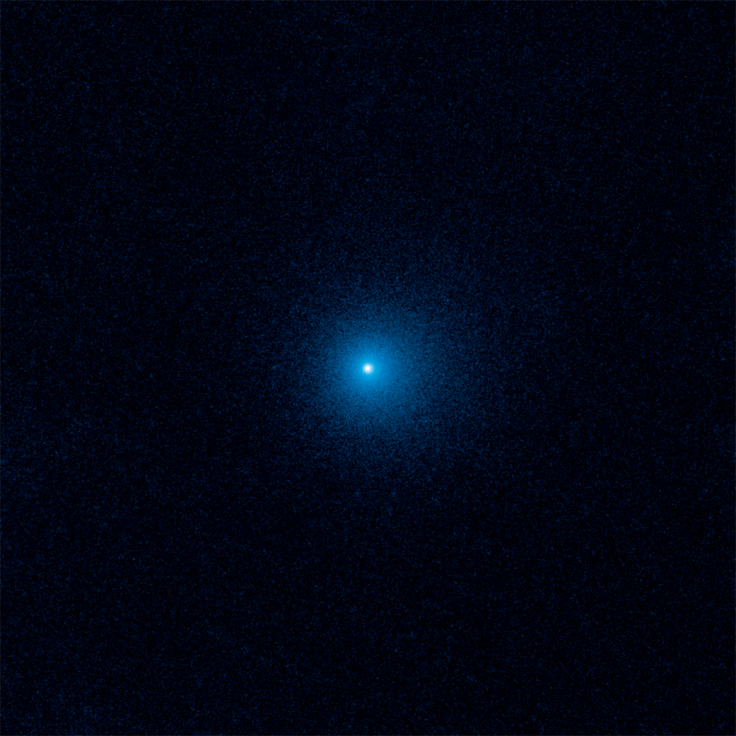Nasa's Hubble captures farthest inbound comet's unique activity
The orbit of the comet indicates it originates from a distant and frigid part of the galaxy called the Oort Cloud.

Nasa's Hubble has captured earliest signs of activity ever seen from an inbound comet. The space telescope photographed comet C /2017 K2 (PANSTARRS) or "K2" travelling towards our solar system at an incredible distance of 1.5 billion miles (about 2.4 billion km) from the Sun – way beyond Saturn's orbit. This marks our first clear view of the K2 comet, which has been flying in from the icy outer reaches of our Solar System, according to Nasa. The image was captured in June and shared by the agency on Thursday (September 28).
K2's orbit suggests it originates from a distant and frigid part of the galaxy called the Oort Cloud. However, its activity is what makes it different from other icy comets in the cosmos. The space object is creating a unique 80,000-mile-wide (128,748 km) fuzzy cloud of gas and dust, dubbed astronomically as Coma.
The cloud, unlike most comets, doesn't form due to evaporation of water ice. In fact, it is believed that K2's coma is formed as frozen volatile gases – oxygen, nitrogen, carbon dioxide and carbon monoxide – turning from solid into the gaseous state after absorbing heat from the Sun.
"I think these volatiles are spread all through K2, and in the beginning billions of years ago, they were probably all through every comet presently in the Oort Cloud," said lead researcher David Jewitt of the University of California.
"But the volatiles on the surface are the ones that absorb the heat from the Sun, so, in a sense, the comet is shedding its outer skin. Most comets are discovered much closer to the Sun, near Jupiter's orbit, so by the time we see them, these surface volatiles have already been baked off. That's why I think K2 is the most primitive comet we've seen."
K2 was first spotted with the Panoramic Survey Telescope and Rapid Response System (Pan-STARRS) in Hawaii. The latest observation from Hubble not only provides more information about the inbound comet but also gives insights into the size of its nucleus, which Jewitt estimates to be less than 12 miles (19km) across.
The icy space object will continue to remain an object of study for next five years. NASA estimates it will continue its journey into the inner solar system before making its closest approach to the Sun sometime in 2022.
"We will be able to monitor for the first time the developing activity of a comet falling in from the Oort Cloud over an extraordinary range of distances," Jewitt said. "It should become more and more active as it nears the Sun and presumably will form a tail."
© Copyright IBTimes 2025. All rights reserved.





















